Blunt-Force Trauma & Suspected Animal Abuse
Jyothi V. Robertson, DVM, JVR Shelter Strategies, Belmont, California
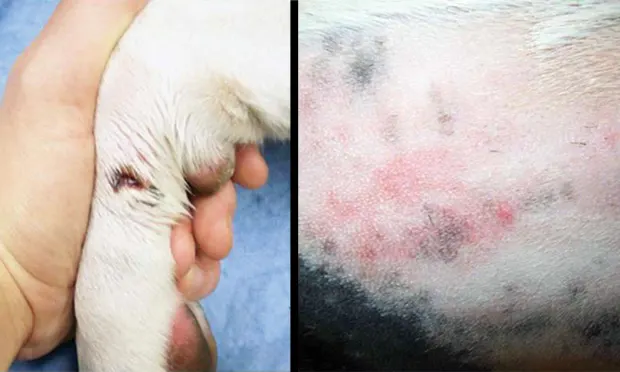
Forensic Brief: A Clinical Series
This second installment of a series of case studies involving forensic veterinary medicine reviews the approaches and goals for suspected animal abuse. Read the inaugural installment, Recognition & Management of Animal Sexual Abuse.
A 4-year-old, intact male pit bull terrier was presented after allegedly being abused.
History
An individual claiming to have witnessed and videotaped a man beating a dog contacted animal control. Although sounds could be heard, video quality and image clarity were compromised, and animal control was unable to pursue the alleged incident.
A few weeks later, the same witness recorded a second episode involving the same man beating the same dog with an axe handle, but this time the person’s face, the suspected abuse, and the location were identifiable. The authorities were contacted, obtained the items shown in the video, and arrested the man.
The dog was taken to an emergency veterinary hospital for overnight observation but was deemed stable, so no testing was conducted. Twenty-four hours later, a shelter veterinarian was asked to examine the dog; however, patient history of suspected abuse was not provided before the veterinarian performed the examination.
Examination & Video Evidence
During examination by the shelter veterinarian, the dog was bright, alert, and responsive. It was friendly, rambunctious, and somewhat difficult to restrain because of jumping on and licking the handlers. The dog had clear eyes, clean ears, and mild calculus on the premolars.
Two small lacerations were noted on the inner aspect of the right pelvic limb and one lesion was noted along the prepuce. One curved laceration approximately 1 cm long (Figure 1) also was noted on the left lateral carpus, along with multiple small lacerations. No significant findings associated with the dog’s musculature, mentation, lymph nodes, or GI and genitourinary systems were noted.
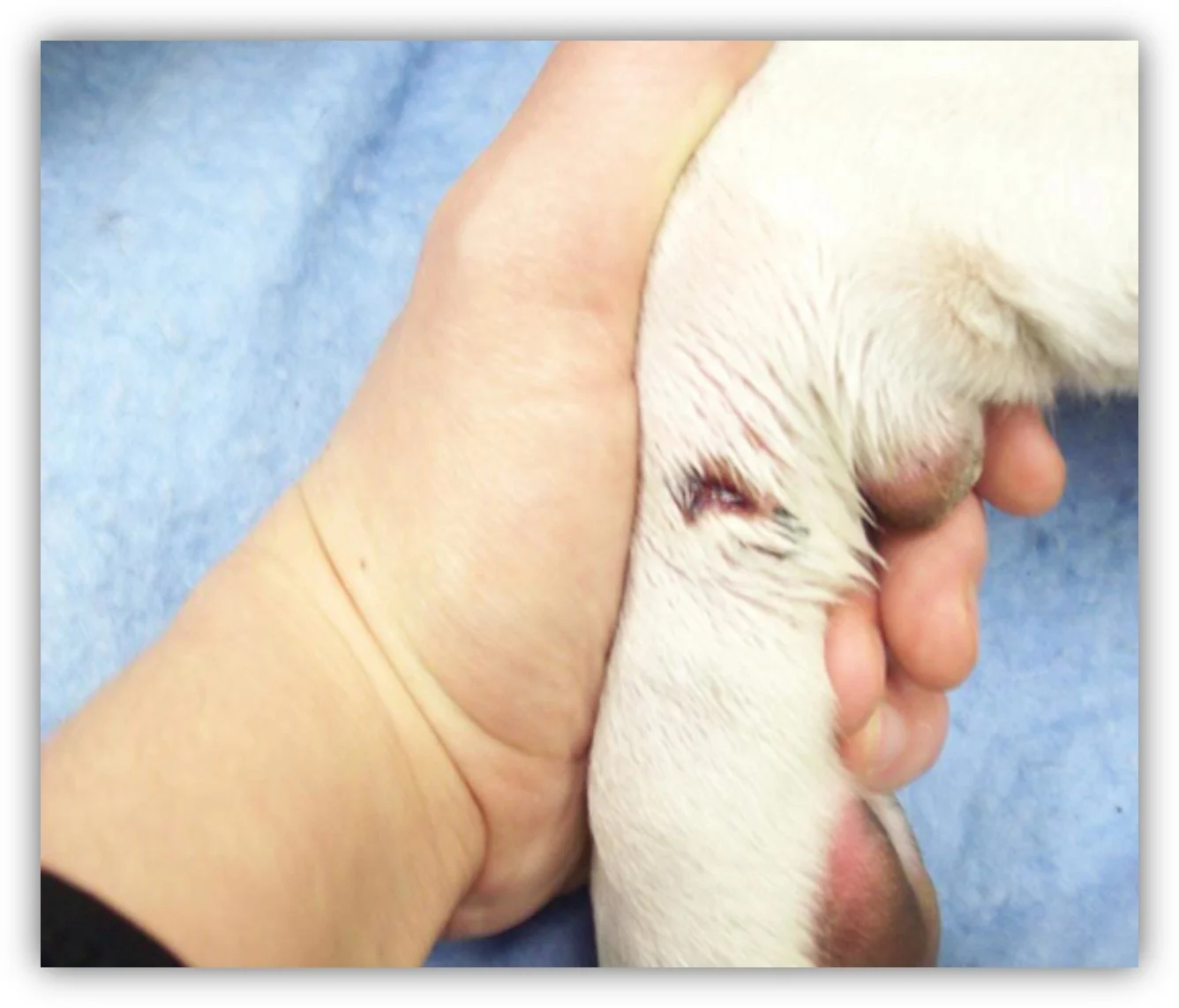
FIGURE 1 Laceration of the left lateral carpus
After the examination was completed, the shelter veterinarian received the case history, including the emergency hospital report indicating no significant findings and the second video. Although both examinations had been unremarkable, the video presented a picture of a man repeatedly striking the dog with the handle of an axe. The dog yelped as the axe handle struck and cowered when the man approached. However, it was unclear whether the axe’s blade, blunt end, or wooden handle was used. The dog rose and walked after each strike. The man was also seen holding a crowbar.
Ask Yourself
After viewing evidence depicting suspected abuse, which of the following measures should be taken by the shelter veterinarian?
A. Conduct a more detailed physical examination.
B. Obtain radiographs.
C. Examine the objects allegedly used to strike the dog.
D. Photograph, measure, and document all lesions.
E. All of the above
Best Answer: E. All of the above
After the patient was shaved for better visualization, the shelter veterinarian repeated the physical examination. Multiple contusions were visible on the dog’s back and shoulders (Figure 2). Lacerations were visualized more clearly and measured; their length corresponded to the blunt end of the seized axe blade. Two linear bruises were noted, reflecting the margins of the area of contact by the narrow end of the blade. A separate incised wound on the carpus corresponded to the horseshoe shape and size of a crowbar. This wound appeared to result from sharp force and did not have associated bruising or tissue bridging common with blunt-force injury.
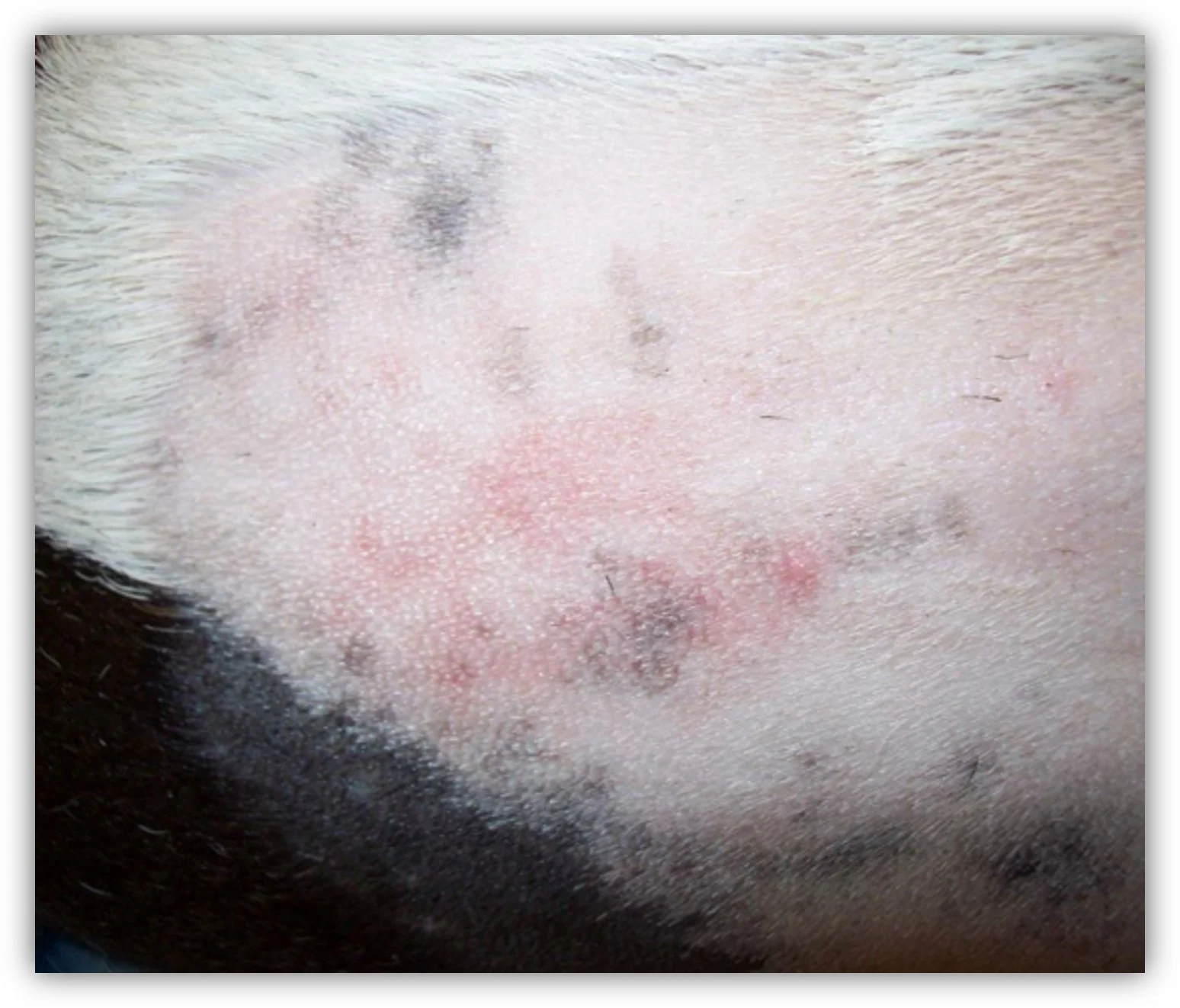
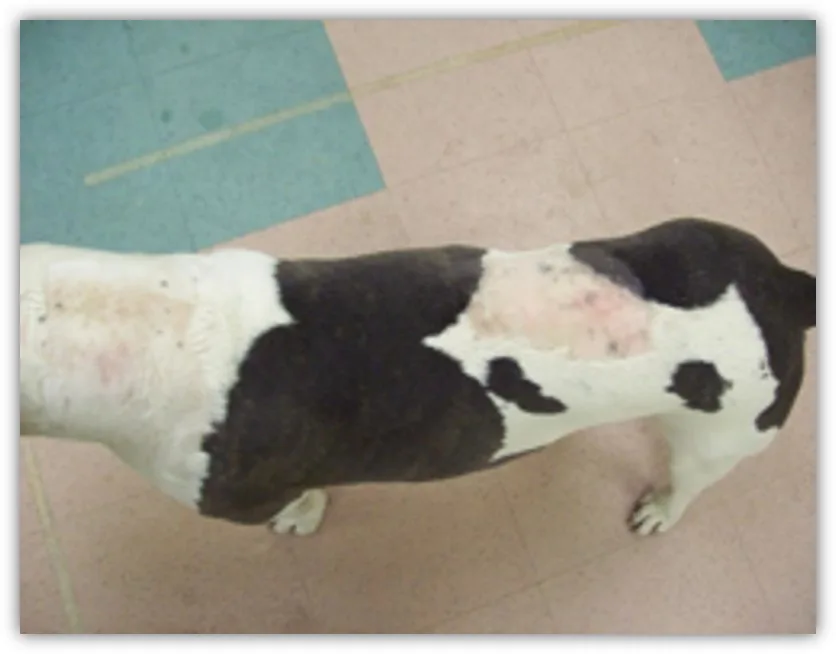
FIGURE 2 After the patient was shaved, multiple bruises and contusions could be visualized (A and B).
Course of Action
Based on these findings, radiographs should be obtained to look for any healing fractures. Blood work also should be performed to support blunt-force trauma: serum chemistry may show elevated creatine phosphokinase because of muscle trauma, and CBC may reflect hemorrhage or increased WBC count with neutrophil and macrophage ratio variations, depending on when injuries were sustained. Any blood on the crowbar also could have been typed for DNA matching to the dog’s blood. In this case, the shelter did not have funds to obtain images or conduct laboratory testing.
Although additional diagnostics were not conducted, the medical report (Figure 3) and video presented sufficient evidence for prosecution with one count of animal cruelty (see The Veterinarian’s Role in Suspected or Alleged Animal Abuse).
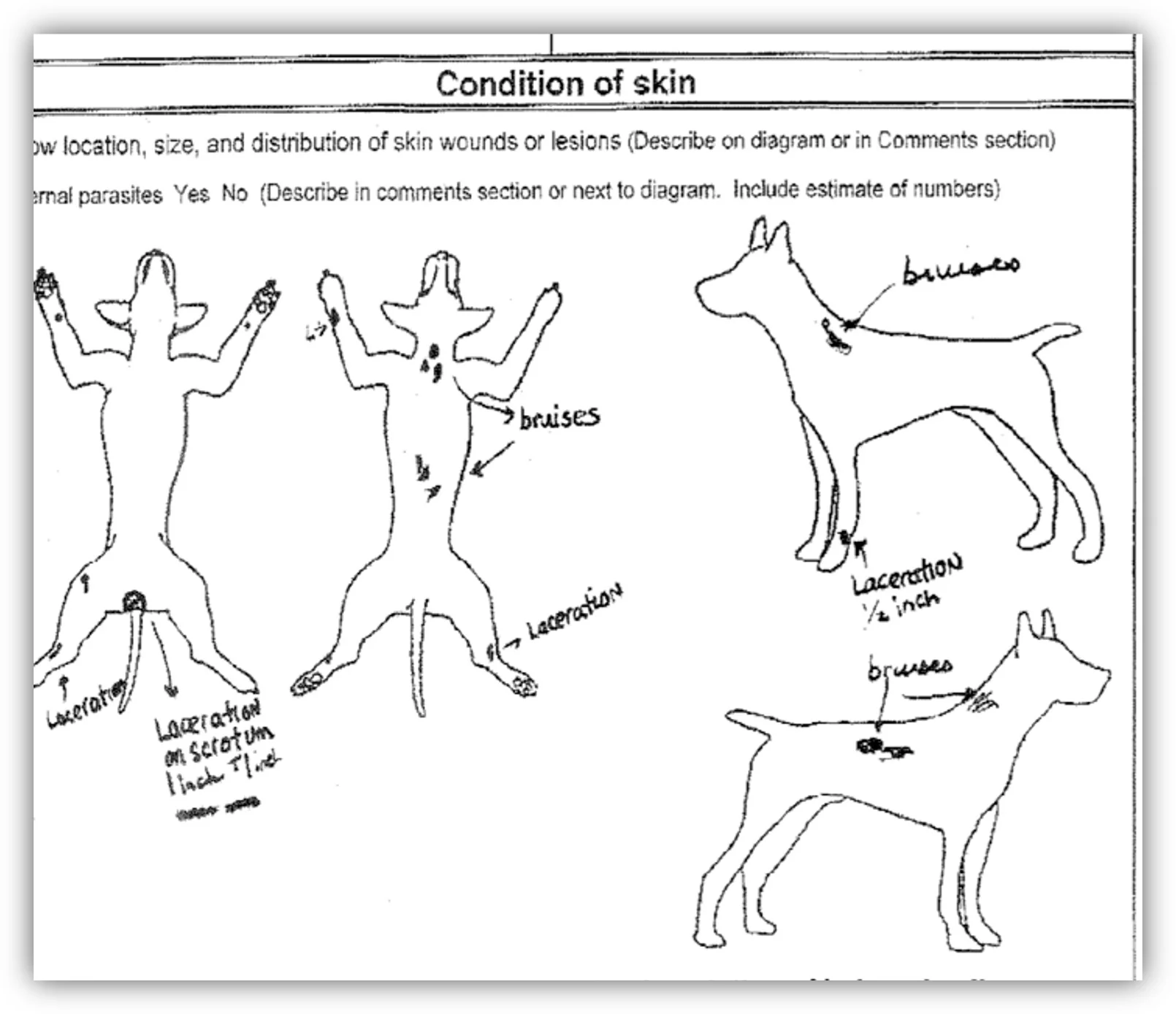
FIGURE 3 Portion of the forensic report
Outcome
In court, the discrepancies between the medical reports provided by the emergency and shelter veterinarians came into question: the emergency veterinarian reported no significant findings, yet the shelter veterinarian noted contusions andlacerations corresponding to axe strikes and beatings.
WNL (within normal limits) or NSF (no significant findings) in medical records should be defined in the forensic report. In this case, the lacerations and incised wounds were significant because they supported the video record and were consistent with the weapons.
From an emergency standpoint, however, the findings were not life-threatening. Because the emergency veterinarian had life-threatening cases that took precedence, the dog was not examined in detail and had been determined to be stable for overnight observation without further medical treatment.
Because the injuries had not been noted by the emergency veterinarian, the time line of events was questioned—the injuries could have occurred after transport from the emergency hospital and while the dog was in the care of the animal shelter. The shelter veterinarian was asked whether any lesions could have been caused by a catch-pole used by animal control officers (which could have been the case). The contusions, however, corresponded to hard, blunt force.
Bruises are not visualized as readily in dogs as in humans because of limited skin vascularization. This was an important point to bring to the court’s attention, as it reflected the force with which the dog had been struck.
Without the shelter veterinarian’s testimony, it is unlikely that the defendant would have been found guilty of animal cruelty. The medical findings linked to the patient’s history presented the court with an accurate portrayal of the circumstances under which the dog had been harmed. The video was critical to the case, highlighting the importance of public awareness and action in animal cruelty cases.
The Take-Home
Perform a detailed examination when cruelty is suspected or alleged. View the examination in light of any history involving the case.
Consider having the animal shaved to better visualize lesions. It is also useful to determine, if possible, whether injuries are offensive or defensive in nature.
Define any acronyms (eg, NSF, WNL) used in the forensic report.
Take clear images and document all aspects of the case. Include a measurement scale next to wounds.
Video of the cruelty event can greatly aid in presenting a complete picture.
Acknowledgment: Special thanks to Dr. Melinda Merck, the series editor and a forensic veterinary consultant who actively assists animal cruelty investigators.